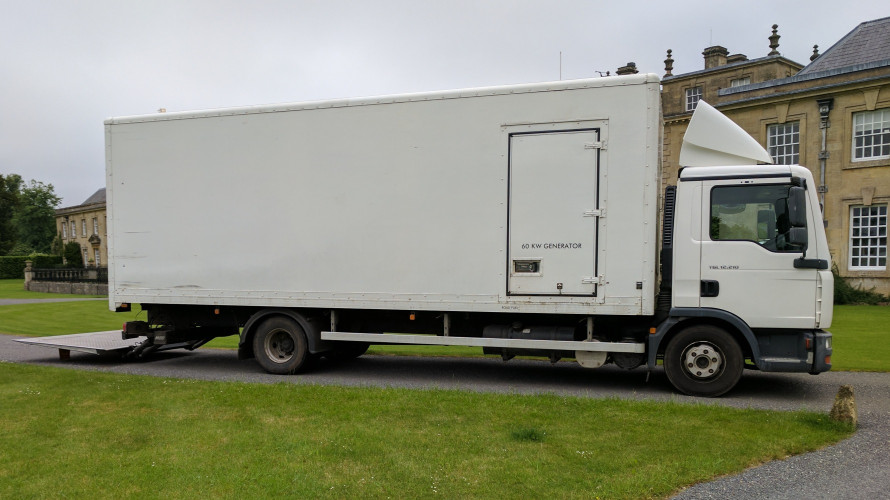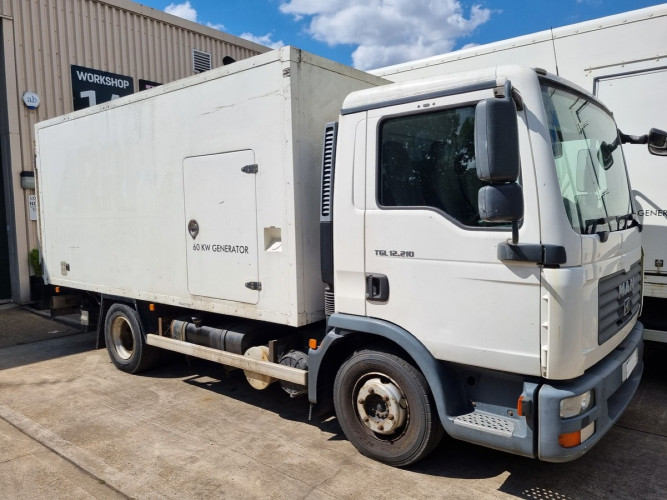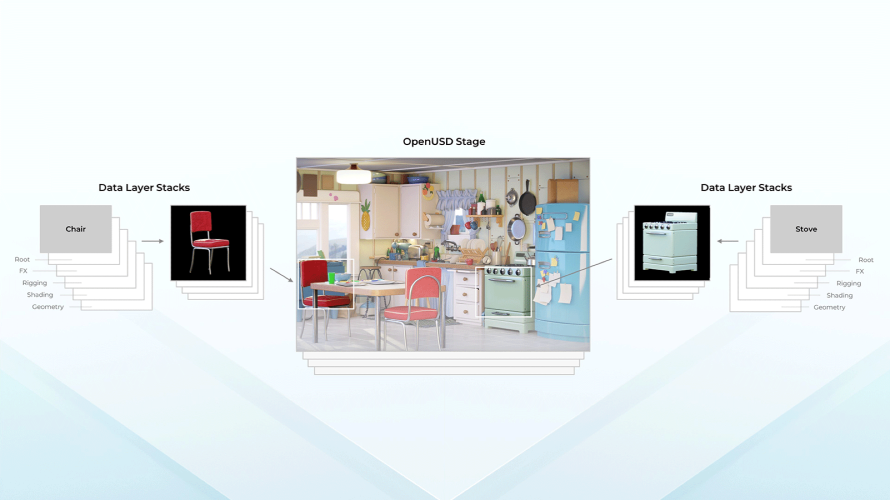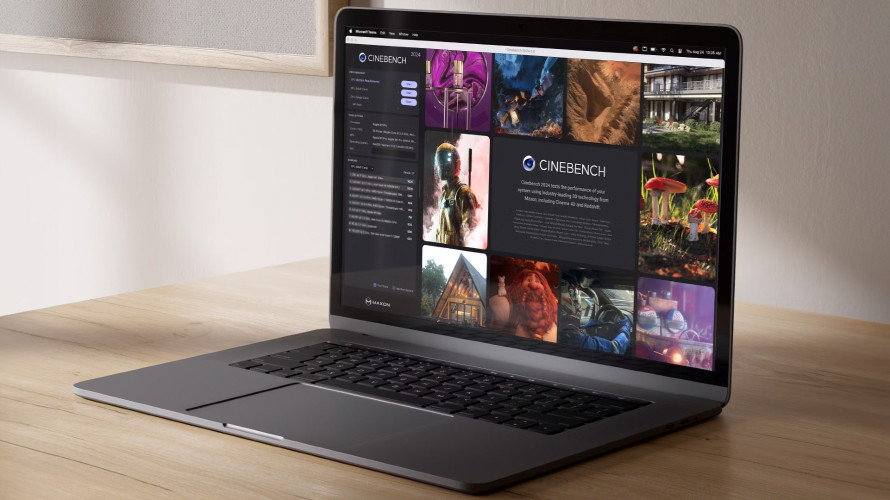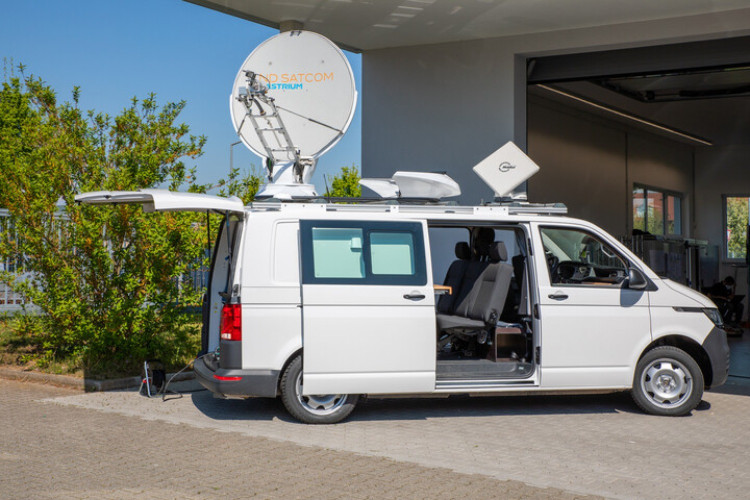Mobile Cameraman Extraordinaire

Author: Bob Pank#
Published 1st April 2011
I had wanted to work in television since my teens and, at 20, started as a trainee assistant cameraman at Mersey Television on 'Brookside' in Liverpool and then joining Thorn-EMI Facilities in London. Thorn-EMI put me in charge of a studio used to shoot links for companies like Children's Channel using very bulky early tubed Betacams.
Five years later, I based myself in the Middle East in Cyprus as a cameraman/editor mainly doing breakfast television news with the Sony BVW-200 CCD Betacam, learning to scuba-dive and shoot underwater. In the years that followed, I had the opportunity to travel extensively on a huge range of TV projects. On some shoots I would be working alongside large remote camera jibs and after having a brief 'play' with one found that it was an area that I'd like to explore and work in.
I liked the shots that jibs and cranes were able to achieve as they escaped the normal two dimensional properties of a camera on a tripod to a three dimensional and dynamic one. It was clear that adding crane shots to virtually any project really raised production values.
The first time I became aware of Polecam was while browsing through one of the television trade magazines in 1996. It was a new and unique piece of kit produced by a company based at the Cardington airship hanger near Bedford, not far from my home. I decided to give them a call and go and see one.
I was very impressed with the design and build. Even more so by the ability to set up the rig in a very short timeframe - around 10 minutes once you have the routine of it - and without needing tools. Picture quality from the tiny camera used in the demonstration was excellent and I was amazed, given its size, to find it had a 3-CCD imager. Back then, in 1996, the great majority of minicams only came as single chip. Some directors and cameramen today are still surprised to learn that three-chip minicams exist!
I decided to buy my own Polecam. I had just embarked on a freelance career and the rig would be a very complementary piece of equipment that I would be able to pack in my car alongside my Digi Beta kit for use as and when I needed it.
As time went on I began using the Polecam rig much more than my Digi Beta, and I also found its popularity growing stronger among directors. I was able to benefit from continuing technology progress in minicams. The pictures from the HD minicams that I have now are superb. As a company, Polecam is not tied to any particular camera manufacturer so is able to select the best camera available that will operate efficiently on the jib. The ideal camera has a small-profile head, is lightweight and produces full broadcast-quality pictures. These cameras are nearly always two-piece, with a separate processing unit that goes to the back of the jib.
The standard Polecam camera today is the Toshiba IK-HD1 which I use for most 1080i production.
One problem I experienced was 'fishing' jokes when working around the public. Steffan Hewitt, designer of Polecam and the man who owns the company, had a sticker made up for the side of the pole section which says 'No fishing jokes please' - not a single comment since, even on a Sky Sports fishing programme surrounded by a watching crowd of anglers.
Fifteen years on
Fifteen years on, I haven't looked back since buying a rig. When an opportunity arose for me to buy a rarely-available second-hand Polecam, I did so. I use it on jobs where I would have been double-booked, and recruit a reliable operator to use it. Like any specialist piece of equipment, Polecam gives its best results in the hands of a skilled operator. It is a unique piece of kit which shares obvious similarities with a larger, heavier Jimmy-Jib, but in my view it should be approached and used differently.
Unlike using a larger jib, I like to operate the Polecam close to the subject, getting some good foreground in shot, and do reveals using the boom to swing out, instead of relying on a zoom lens. This is normally not advised with bigger jibs as the larger camera head can cause shadows and become quite a hazard when moved quickly and may collide with people or props. Once mastered, Polecam delivers wonderful jib and crane shots. It also provides a range of new and developing shots and angles that will always impress. You can transport the rig wherever you can carry its two flight bags. And you can set it up and use it virtually anywhere, including large or small boats, on the back of a jeep, even a motor bike or on top of a mountain. The limiting factor today is not technology but your imagination.
Productions of note
Some productions of note where only a Polecam could go are:
Trial and Retribution. This involved using Polecam's ability to go under water and out again to shoot an eerie sequence involving a diver and a severed hand.
There are two options for taking Polecam's head underwater: the DiveBag (which allows the pole to dip just below the water surface) and the more recently introduced FishFace (which allows the head to go deeper down).
Don't Look Down. A 'Blue Peter' spin-off, shooting a high-wire adventure playground. I decided to put my 'head for heights' to use and, with the aid of some rope and karabiners, manhandled the Polecam up into the trees to a to get some great bridge crossing shots. Try that with a Jimmy Jib!
In Search of Style. Getting the first and probably only jib possible into the apex roof of the landmark Gherkin skyscraper in London for a magnificent skyline view with a twist. There is only a narrow spiral staircase up to the apex so no large objects could fit.
Johnny Halliday concert for TF1. Using the Polecam in a harness at a very short length on stage, I was able to get normal high quality minicam shots but with a difference: shots of the drummers foot on the foot-pedal, or the keyboard-player's hands, but this time with a camera that was able to move up and over or around. Much cooler! Many concert/gig directors see Polecam as a multiple minicam, as opposed to a crane. They have a normal jib out front and a Polecam on the stage. A minicam on the drums becomes boring after being cut to several times. A director can have the equivalent of dozens of minicams on the stage from a single Polecam.
'Life and death in Rome'. Using the huge depth of field offered on the fixed lens I was able to 'fly' the camera through and over a miniature scale model of ancient Rome in a museum, in Italy. After some post-production we ended up with amazing lifelike flying shots over the city which had a more realistic edge than normal computer generated images.
'Rescue Robots': This was a series shot around a scale city model at Pinewood Studios (see photos). The small camera head and prime lens makes it possible to see the streets and buildings from a believable 'on the street' vantage point, as well as smooth helicopter-style flying shots around the buildings and skyline, or even traveling along a street. The set was huge but only had a narrow circumference to wheel the rig around from one part of the city to another, perfect for Polecam.
Woburn Abbey: 'The Flying Picnic', also called 'Mrs Beeton's Flying Picnic'. This was a joint production for ITV and Sky Travel. A series of ten programmes, shot around the Norfolk area, culminating in a picnic for 40 people in the grounds of Woburn Abbey, all based on the original listing and descriptions of the necessary food as laid down by Mrs Beeton in her 'Book of Household Management' in 1861. Presenter Annabel Croft was flown around the area in a vintage aircraft visiting the different farms, mills and individuals who were supplying the original type of food, or as close to it as was possible. I was there with my rig, getting jib shots set up very quickly in places where no larger jib could easily go...such as right inside a restored windmill. The minicam was also removed and used as a standalone minicam on the plane for some of the aerial shots: another Polecam bonus.
Duxford Air Museum, near Cambridge. This was for a documentary titled 'City at War', produced by Colonial Pictures, the same company that produced 'Flying Picnic'. It featured veteran US broadcaster Walter Cronkite, and was transmitted as part of the Remembrance Day broadcasts. Walter and his minders arrived in a large black limo, and time was very limited. The pressure was there to get the required tracking shot, with second chances unlikely. Walter took his place beside the restored B17. I have to admit I was nervous, but we got the shot, and it looked great.
Home & Garden Television Network in Hollywood. Multi-week reality competition-style show. The Polecam, equipped with Toshiba HD camera, was used as a studio jib alongside studio pedestal cameras and a portable Sony cameras. The Polecam system was chosen because of its high portability and ability to keep pace with the high-intensity shooting schedule.
NFL Combine: An annual high profile event in Indianapolis, live on the NFL Network and shot in 1080i using a Toshiba HD camera on the Polecam. A Polecam RCP remote control panel was used together with a Telecast Rattler to interface the HD-SDI camera output to optical fibre.
Going 3D
3D is currently enjoying a major revival as cinemas compete to retain audiences in a world of increasingly affordable large-screen household television displays - and as broadcasters in turn position themselves to compete with each other and with 3D PC games. Well-shot 2D film and HD television productions can be very lifelike but it takes some courage to accept that television will remain forever a flat experience given the ingenuity of display manufacturers. In summer 2008, I was asked to join the team shooting the X-Games in Los Angeles. This was being made into a full length sports-themed 3D feature film: ESPN's 'X Games 3D: The Movie', directed by Steve Lawrence.
The thing I found about shooting 3D is that the cameras should not be moved in as close as is normal for 2D. 3D close-up can become a little weird for the viewer. I found the 3D optimal distance was about 3 to 4 metres. Also it was very important not to let any part of the subject leave the top of frame as that looks strange in 3D.
I ended up shooting at five locations throughout the two days I was there. I began at the top of a ramp where riders and boarders dropped down on a near vertical wooden incline from the nose-bleed seats in the stadium to floor level. They then launched themselves 30 metres. The Polecam shot came up from behind the rider and revealed the ramp in front and below. This was a fantastic vertigo shot made even better by 3D.
Todd Potter is internationally famous for his death-defying mid-air motor-cycle loops. We were positioned with a Polecam 3D head at the far end of a very steep take-off ramp. The landing strip was what you expect at the base of a ski slope only this guy was motor-powered and there was no snow to soften his landing. It all looked great as Potter performed a routine twisted swan dive before landing badly and losing control, heading straight towards the camera head. I had half a second to react before he collided. Pure 3D. Bike and rider came through the crash barrier an instant later, destroying the Polecam head. Thanks to the Polecam's lightweight head, neither Todd nor anyone else was hurt. I hate to think what would have happened if we had been using one of the old-style bulky camera cranes; that could have been a very serious accident both for Todd and the production crew.
The impact hit the 3D Head full-on, displacing the cameras and breaking both camera cables. Many cameramen put their personal safety at risk to obtain highly dramatic images, often in competition with other crews covering the same event. 3D production is even more demanding in this respect than 2D as the most dramatic images are those where the subject is approaching directly towards the viewer. The Polecam system gives unique freedom to move the camera vertically or laterally at very short notice and makes a relatively soft target if an actual collision occurs.
The X-Games shoot was made entirely in 2k. My inventory for the project consisted of 2 x 2k cameras mounted on a Polecam jib with the 3D Head pan and tilt unit plus two mounting plates from Creat3. Both cameras were fitted with C-mount HD lenses. The Creat3 plates allowed the cameras to be adjusted for pitch, tilt and convergence. Once these were set, I had to be very careful not to become a collision option...until it happened. The footage was recorded on two synchronised hard disk recorders. An important detail we found about shooting in 3D is that the cameras should not be moved as close to the subject as is normal for 2D. 3D close-up can become a little weird for the viewer because of hyper-convergence. I found the 3D optimal distance for me was about 3 to 4 metres. Also it was very important not to let any part of the subject leave the top of frame as that looks strange in 3D. Direct contact with Todd Potter's bike was not part of the script!"
The following year ESPN decided to launch its own 3D channel and the X-Games 2010 was its first ‘live’ 3D transmission. I was very pleased to work on this event and my single position was at the top of the ‘Big Air’ ramp at the Coliseum stadium in Los Angeles. There was no way of getting a regular jib to operate at the top of this 90 foot scaffolding tower so I was in my element with Polecam. It was a congested area at the top with skateboarders and BMX cyclists but the Polecam never got in the way. The 3D shots looking over the riders’ shoulder down the ramp were breathtaking. Cool job.



